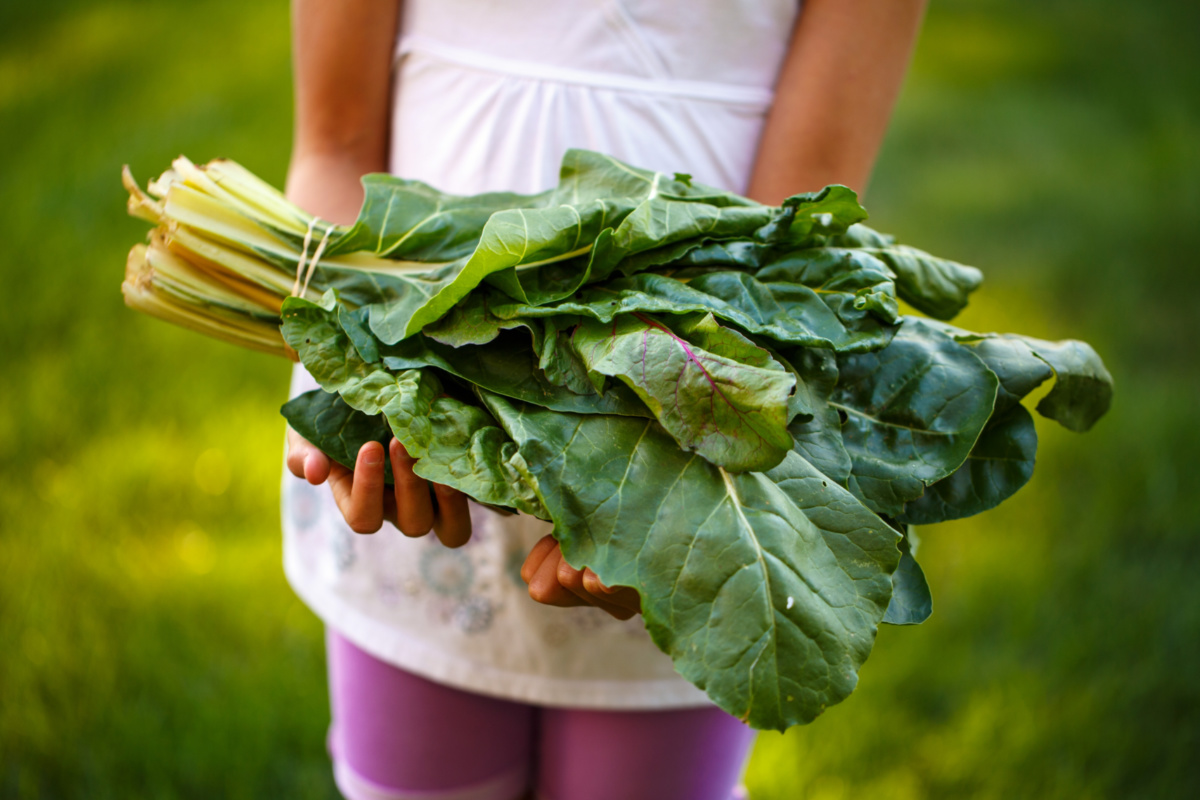Barcelona, Spain
Thomson Reuters Foundation
People don’t agree on much when it comes to food. But most think how we produce it isn’t working for everyone on the planet, nor for crucial natural systems vital to food production, including soils, water and the climate.
In response, an upcoming UN summit on food systems aims to curb damage to the environment and wildlife from what’s on our plates, as well as tackle hunger made worse by the COVID-19 pandemic and climate-heating emissions from agriculture and food waste.

PICTURE: Johnny McClung/Unsplash
Preparations for September’s event, due to take place in New York, have already brought together governments, farmers, Indigenous people, businesses, UN agencies and others to discuss ways of making food production fitter for the future.
A three-day meeting in Rome this week aims to distil some of the more than 2,000 ideas that have emerged from a series of dialogues around the world into a set of actions that the summit will endorse, to then be taken forward at a practical level.
Will the summit produce the equivalent of a Paris Agreement for food?
There will be no negotiated agreement with legal force at the end of the summit. Instead the gathering will discuss how to shift to a greener and healthier food system, and how to launch policies and measures to do that at national and local levels.
Officials and researchers say one of the key goals of the first Food Systems Summit is to put the issue firmly on the global political agenda.
“That, itself, is already a success,” Gilbert Houngbo, president of the International Fund for Agricultural Development, one of the agencies convening the event, told the Thomson Reuters Foundation.
Ed Davey of the Food and Land Use Coalition said the summit will launch new international alliances on things like cutting emissions from food production to net-zero and slashing food loss and waste – and could help generate new funding.
“I do hope it marks some kind of turning point, bringing global attention and action in addressing food system problems,” he said.
What problems is the summit trying to solve?
Just this month, UN agencies said 2020 saw a dramatic worsening of world hunger, much of it related to the fallout from the COVID-19 pandemic.
In a report, they estimated that about a tenth of the planet’s population – up to 811 million people – were undernourished last year. A huge effort will be needed to meet a global goal to end hunger by 2030, they said.
Meanwhile, whether on small farms in Kenya or in American families’ homes, about a third of all food produced is lost or wasted each year, costing the global economy nearly $US1 trillion annually.
Chemical-heavy agriculture is blamed for polluting soils, rivers and seas – and farming alone sucks up about 70 per cent of the world’s freshwater supply.
The way we produce food is also responsible for about a third of the greenhouse gases heating up the Earth’s climate.
Those are emitted in a range of ways: as carbon-storing forests are cleared for farms, goods are transported around the world in fossil-fuel-guzzling ships, planes and trucks, and as cattle and other animals belch out heat-trapping methane, for instance.
How can we do things differently?
That’s the daunting question the summit has set out to try and address.In the run-up, more than 130 governments are holding national dialogues to collect potential ideas, with thousands of people having already taken part. Hundreds of independently organised discussions have also contributed to the process.
The aim is to gather the most promising plans under five “action tracks”: giving everyone access to nutritious food; moving towards healthier and safer diets; using fewer natural resources; enabling small farmers to earn a decent living; and making food systems better able to withstand shocks and stresses.
One idea, according to IFAD’s Houngbo, is to expand school feeding programs so that all children get at least one good meal a day.
While many such programs already exist, they could be improved by buying food grown nearby to support local farmers and communities, he said.
Other options on the table include working toward deforestation-free supply chains, redirecting environmentally harmful subsidies to greener production, and including the cost of a healthy diet when calculating poverty thresholds.
Who gets to decide what solutions the summit picks?
This is controversial. More than 300 grassroots organisations representing small-scale food producers, researchers and Indigenous peoples are boycotting the summit and putting on their own meeting alongside next week’s official gathering.
They say the summit is disproportionately influenced by corporations, and lacks transparency and accountability.
In a statement they said the summit is backing “false solutions” to the hunger, ecological and climate crises, such as voluntary corporate sustainability schemes and “risky technologies” including genetically modified organisms.
“Our main problem with the summit is that…it creates preferential access to the corporate sector and agribusiness, and since the beginning [they] have been setting the agenda dominating the debate, and are leading on the solutions,” said Alberta Guerra, senior food policy advisor for ActionAid.
Instead, the groups want binding rules to stop corporate abuses of human and land rights, an end to pesticide use and prioritisation of agro-ecology rooted in natural farming methods.
IFAD’s Houngbo said one key question would be how the summit can help the world’s 500 million small-scale farmers who produce about 80 per cent of the planet’s food.
They need practical help – access to finance, a fairer share of revenues from food production, ways to adapt to climate change and social programs to help protect them from shocks like the pandemic, he said.
Now, partly thanks to the summit “you see much more political will to try something in addressing those issues”, he added.






